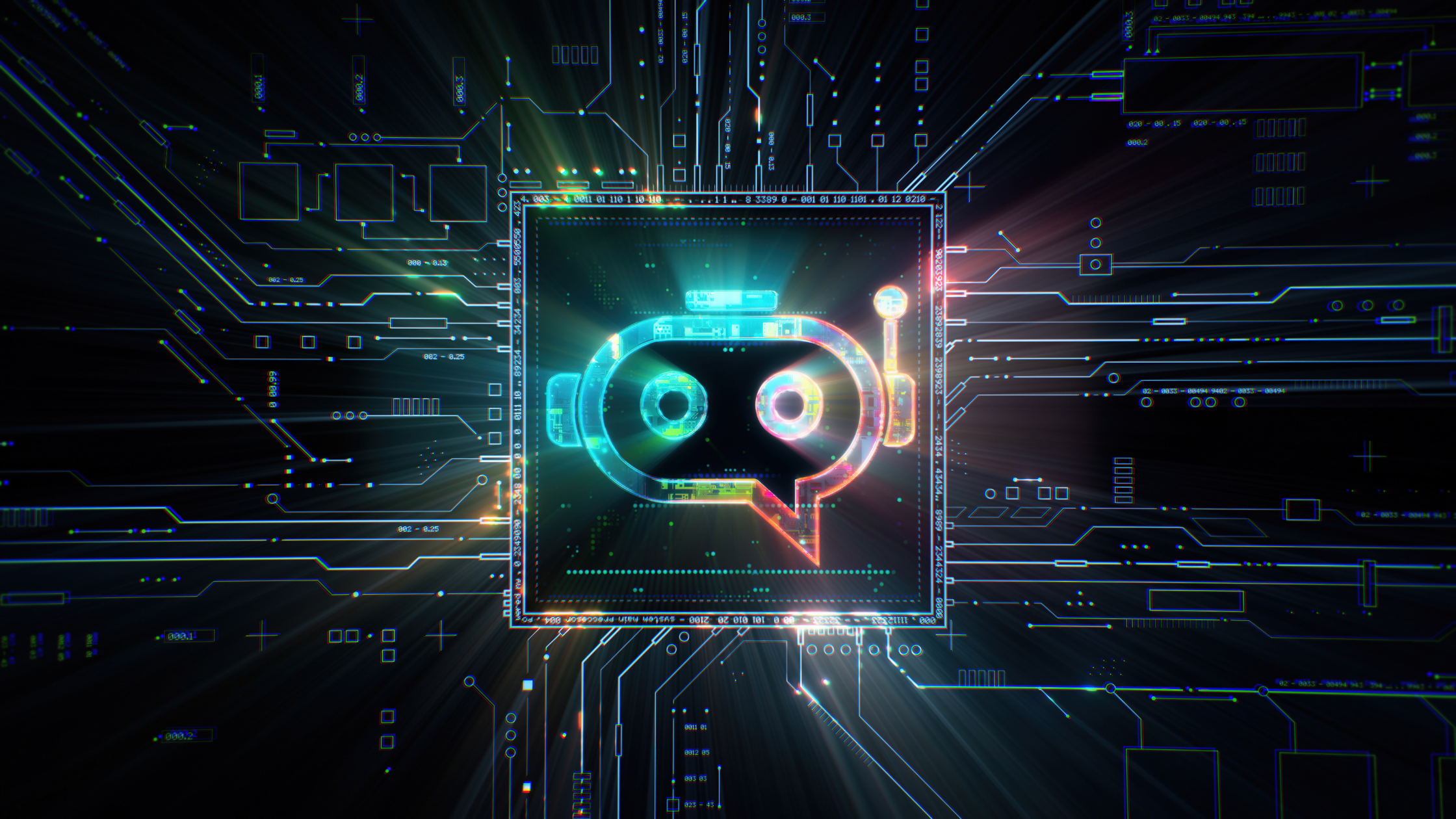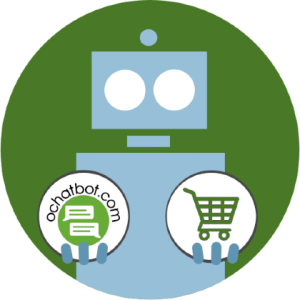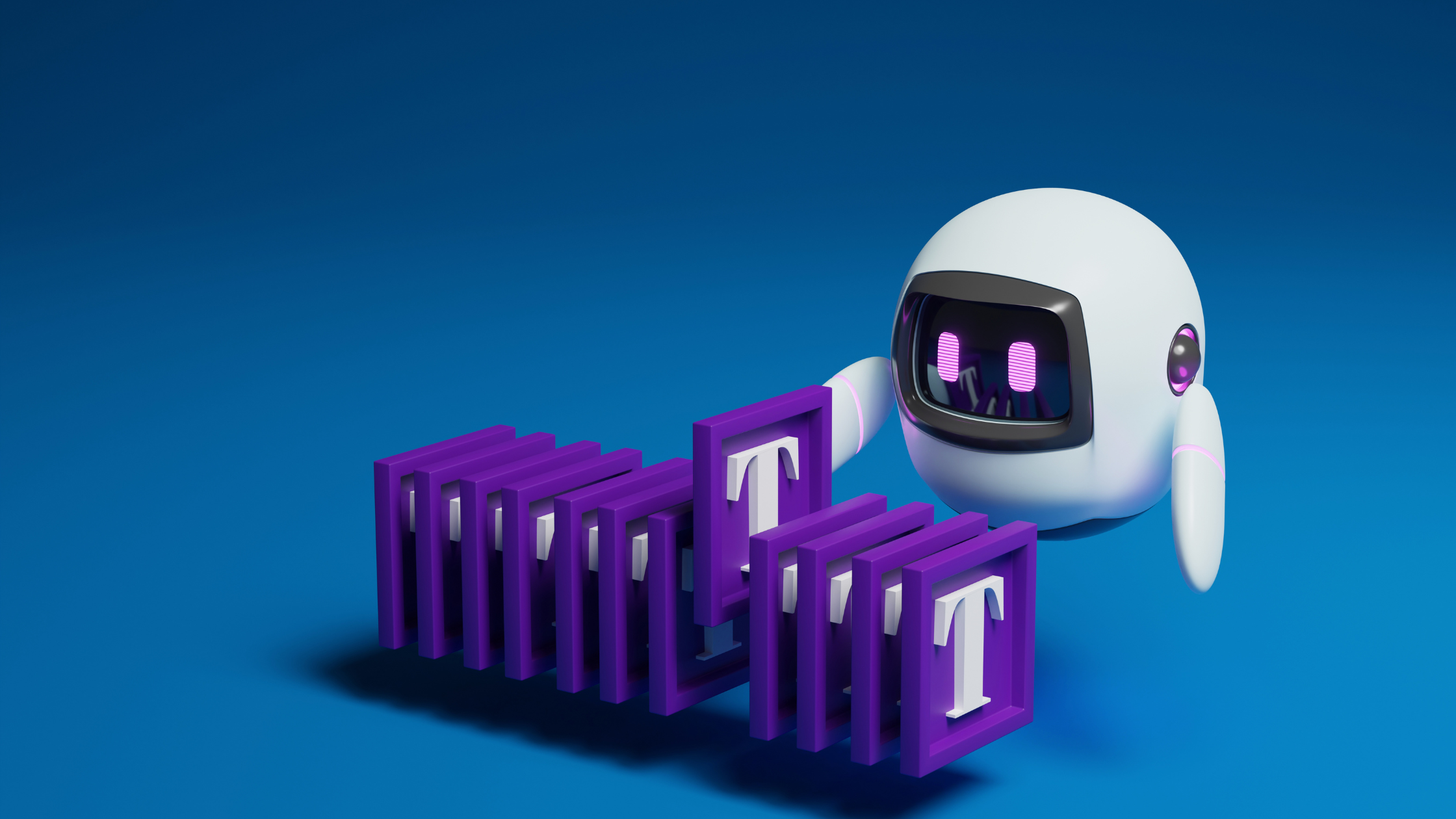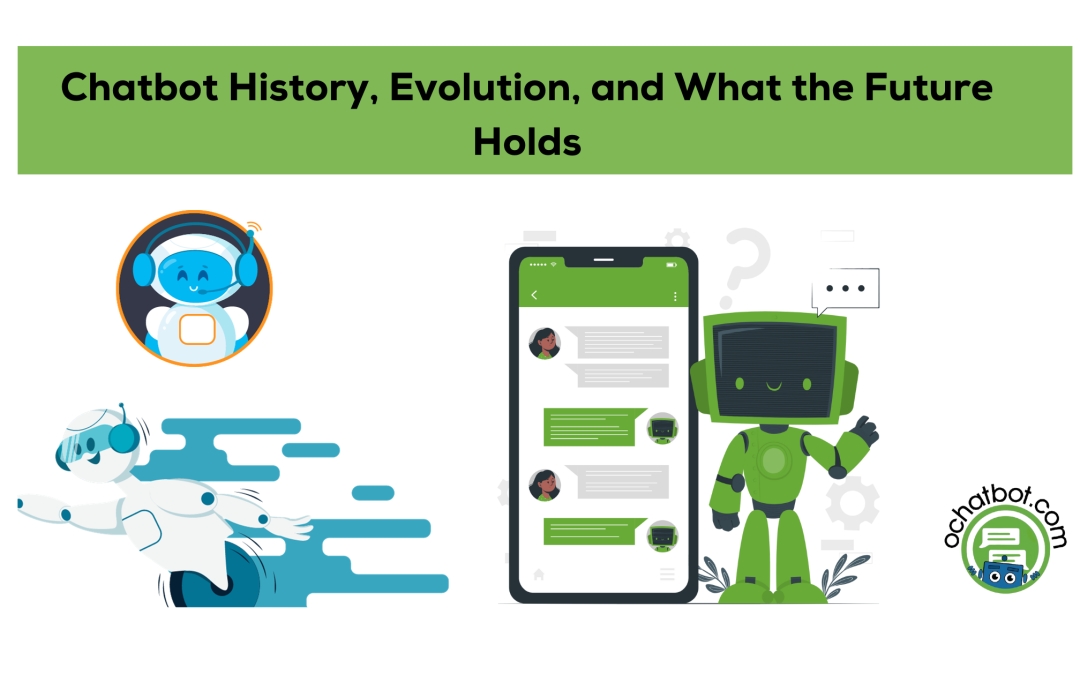Chatbots are bringing in a transformation in customer service and data processing and doing the work of humans for retailers to give the best shopping experience for their customers. But let us understand how chatbots started, their evolution, and what the future actually holds for them.
Chatbots began in the mid-1960s for businesses seeking to increase customer engagement, reduce costs and streamline operations in an increasingly digital and fast-paced world, developed to address the various needs and challenges in different industries. Providing 24/7 assistance allowed businesses to handle a high volume of queries simultaneously.
Evolution of Chatbots


Generative and Scripted AI to engage shoppers in conversational eCommerce.
Create happy customers while growing your business!
-
1 out of 4 shoppers make a purchase on average*
-
5% to 35% Increase in AOV*
-
25% to 45% Reduction in Support Tickets
WE GUARANTEE RESULTS!
Over the years, chatbots have been developed to provide the best experience for users by making sure that their query is addressed in an effective way. It was originally designed to offset the work of costly human labor.
So, let us understand how chatbots help to reduce manual work and keep themselves updated to provide relevant information to users and how they have evolved over the years to provide a seamless experience to users.
1. ELIZA (1960s)
ELIZA is widely considered the first chatbot which was developed by MIT computer scientist Joseph Weizanbanum to simulate conversation in a Rogerian Psychotherapist style. It was operated by simple pattern matching and substitution. ELIZA had limited functionality and demonstrated a limited understanding of the emotion of the user. Even so, it laid the groundwork for further advancements and became a well-known AI during that time.
The primary intention behind creating ELIZA was not to use it in business every day but to demonstrate the limitations of early natural language programming. It was designed with a simple pattern-matching algorithm. For example, if the user’s prompt is “I am unhappy” and ELIZA picks up the word unhappy, it would ask them open-ended questions such as “Can you explain what made you unhappy?” Weizanbanum argued that a more general understanding of human language via computer was not possible.
2. ALICE and AIML (Artificial Linguistic Internet Computer Entity) and (Artificial Intelligence Markup Language) (1990s)
ALICE is a natural language processing chatbot program created by Dr. Richard Wallace in the mid-1990s. It was the most well-known chatbot of its time. It uses heuristic pattern matching to carry out a conversation. Heuristic pattern matching chooses the best option available without considering the future consequences of that choice. But it can often provide optimal solutions without taking much time. The objective of ALICE was to interact with people as a human.
AIML (Artificial Intelligence Markup Language) is an XML-based markup language developed in the late 1990s. It was designed for generating responses based on user inputs. This was influential in the early development of chatbots and the advancements in natural language processing (NLP), and Machine Learning (ML) for the adoption of the latest technology.
3. Contextual Chatbots (Early 2000s)
As human beings, our brains are wired in such a way that we understand things and behave in a contextual manner. We interact with friends in different ways and build networks with our bosses in different ways. The tone and expression of our feelings will vary, depending on the context.
Contextual chatbots use context and understanding to provide relevant and personalized messages during conversations with users. They often use machine learning techniques to improve these responses.
They have gained in popularity due to their ability to offer more natural and human-like conversation. They are used in various applications such as customer service, virtual assistants, and e-commerce platforms where personalization is required. The features of contextual chatbots are
- Understanding Intent- Contextual chatbots can understand the user intent since they are enabled with Natural Language Processing(NLP) capabilities. They work by analyzing user input and providing relevant responses to queries.
- Maintaining Context- Contextual chatbots maintain context awareness by retaining information from previous interactions.
- Personalization- Chatbots can collect the data necessary to understand user preferences and personalize interactions.
- Real-Time Learning- Chatbots can learn and adapt from interactions with users in real time, deploying machine learning algorithms to improve their performance, enhance the user experience, and foster engaging and customized conversions.
- Dynamic Response- The chatbots send different replies according to the situation which varies from user to user.
- Multiturn Conversations– Contextual chatbots remember the history of the conversation. The multi-turn conversations adjust their responses based on the evolving context of the dialogue. It is essential for creating natural and interactive conversations with users.
- Understanding Ambiguity- Contextual chatbots are equipped to handle ambiguity and understand user intent based on context. This enables them to respond effectively when faced with unclear inputs.
4. AI-Powered Chatbots (2010s)

AI-powered Chatbots with deep learning and network-revolutionized AI chatbot technology could learn a vast amount of data making them more accurate, and capable of handling complex questions while improving over time. These chatbots access various APIs and external systems to access real-time systems and perform specific tasks. They work by following a set of pre-programmed responses to user queries. In the digital world, AI chatbots offer various benefits such as:
- AI chatbots can provide users with relevant information. They use natural language processing and machine learning to understand the variety of keywords and phrases a visitor’s input provides.
- Improved user experience ensuring that the queries are properly and efficiently addressed.
- AI-powered chatbots have access to knowledge bases and databases containing relevant information to answer users’ questions in an effective manner.
5. Industry-Specific Chatbots (Present) – Chatbots in Business and E-Commerce
Tailoring industry-specific chatbots according to the needs and requirements of different industries provides more personalized and adaptive service. By using AI chatbots, your business can differentiate from competitors and drive sales. They can also be integrated into various social media platforms.
In this modern era, a number of new machines and software are available that are known as bots. Bots are computer programs that simulate human conversation through voice commands or text or both. Digitalization development such as deep learning and neural networks perform AI tasks like image recognition, natural language generation, speech recognition, and text-to-speech synthesis. Every bot comes with a different package and integrates with different communication channels.
The benefits of e-commerce chatbots are,
E-commerce customers always seek high-value personalized experiences for meeting their needs in an effective manner. For this, chatbots provide an effective customer experience by offering these benefits to them
- Personalization- Chatbots can be used to collect data about customers and help to understand their preferences and needs.
- Reduced Cost- An efficient chatbot requires less human support, allowing the human agent to focus on other areas of the business to drive sales.
- Product Guidance- E-commerce visitors get lost in a maze of millions of products. The chatbots will help in finding out the exact product they are looking for.
- Prevents Cart Abandonment- An abandoned cart is a great source of revenue if converted into sales. Remind the customer that they have products in their cart and query if they are willing to buy the product and proceed towards the checkout.
Future of Chatbots
The future of chatbots is promising. Chatbots are getting better and better each day, as they improve at understanding natural language.
Frequently Asked Questions
1. Why was there a need to introduce chatbots?
Chatbots were introduced to assist humans by automating routine and repetitive tasks and to free up human agents to focus on other segments of the business. Not only do they serve businesses but also customers in solving their queries in a timely manner.
2. How are today’s chatbots different from earlier versions of chatbots?
Today’s generation of chatbots can understand the emotions of humans by using sentiment analysis. By using advanced natural language processing capabilities, contextual understanding, machine learning and AI, multimodal capabilities, personalization, multi-turn conversations, emotional intelligence, and integration with external systems, AI chatbots are a multimodal tool that has become indispensable to customers and businesses.
3. How did the chatbots evolve after ELIZA?
ELIZA operated on a rule-based approach and used pattern matching to identify keywords in user inputs and respond with pre-programmed replies. The rule-based approach has evolved to include natural language processing, machine learning, and context awareness.
Rising Era of Chatbots:
Chatbots have evolved from basic rule systems to conversational agents that are capable of delivering personalized experiences to users. In this era, chatbots are continuously learning from user feedback and interaction. As they continue to advance, they’ll play an integral part in the daily lives of people and impact businesses to reach new heights.
- The Rise of Intelligent Websites - February 19, 2025
- Top Trending Products to Boost Your Shopify Store in 2024 - September 4, 2024
- AI Terms Glossary: Key AI Concepts You Should Know - August 22, 2024


